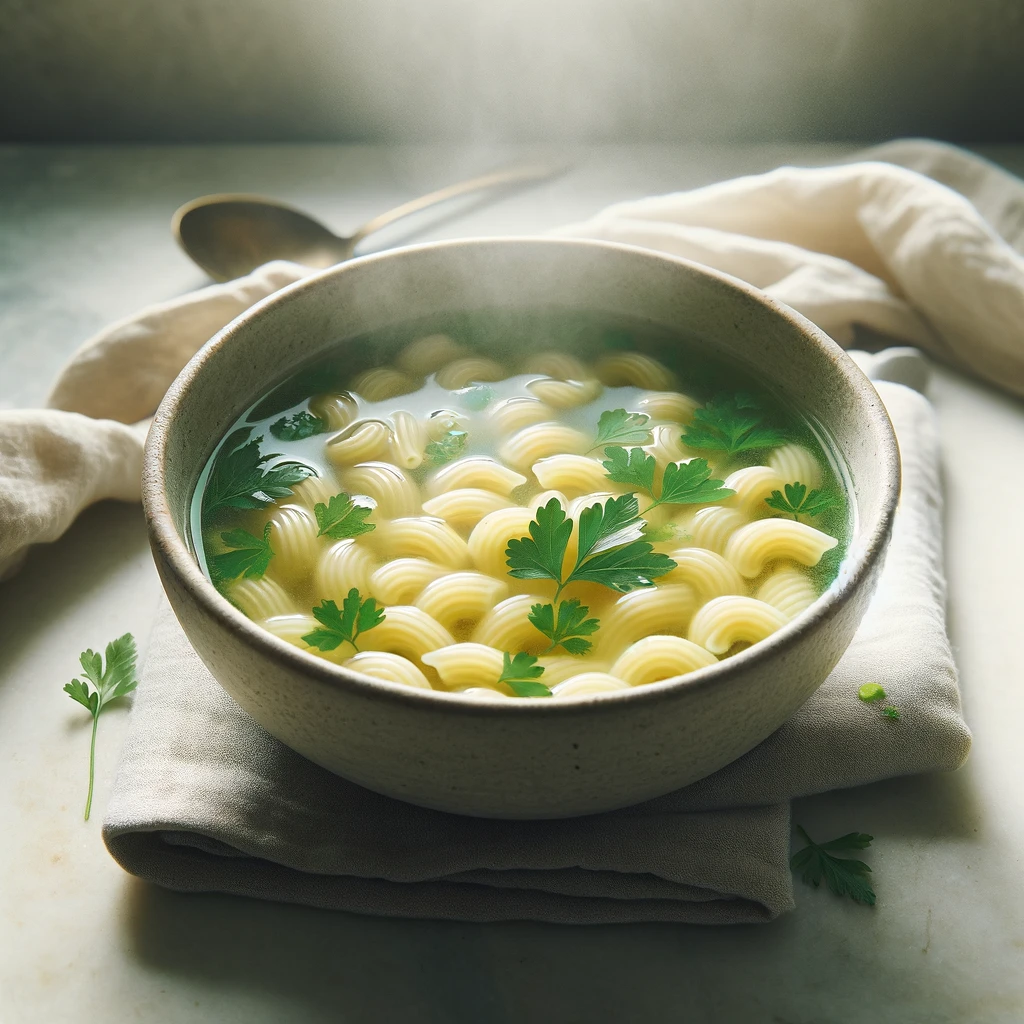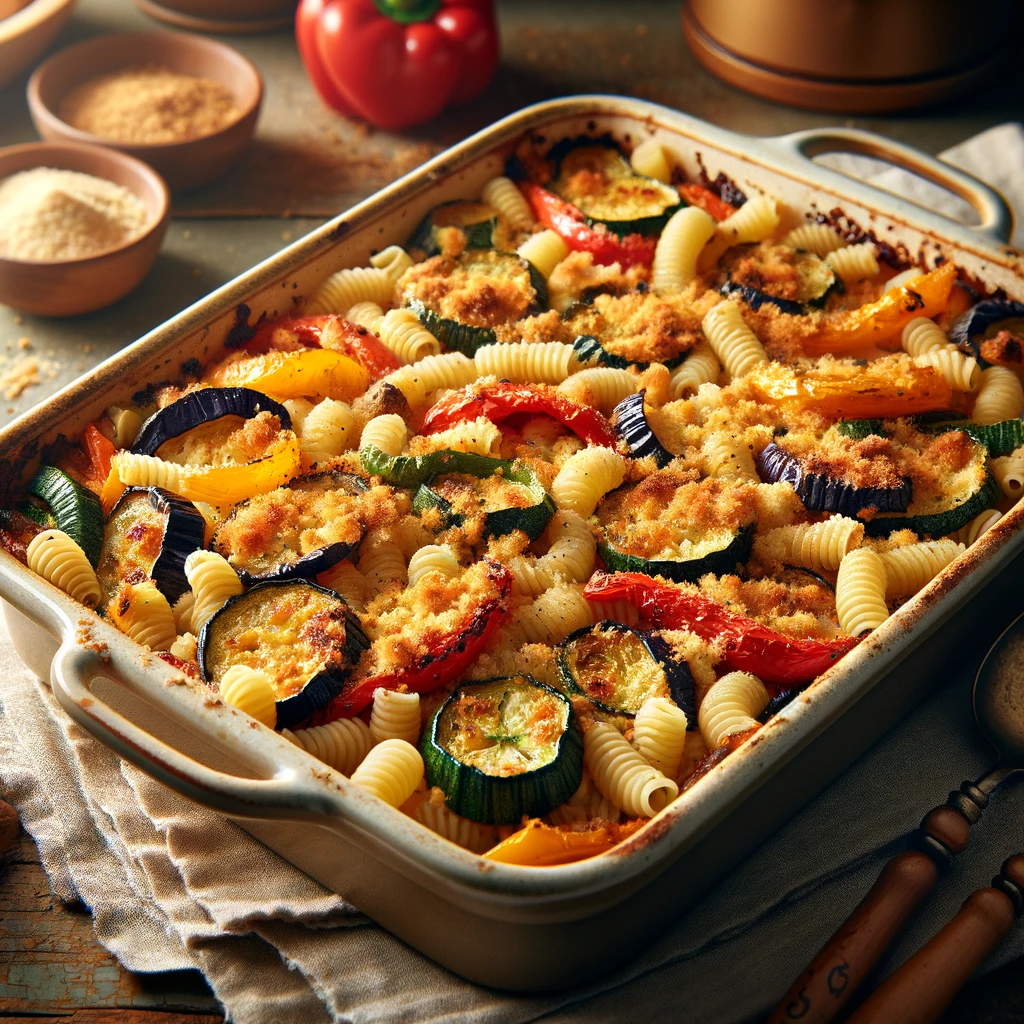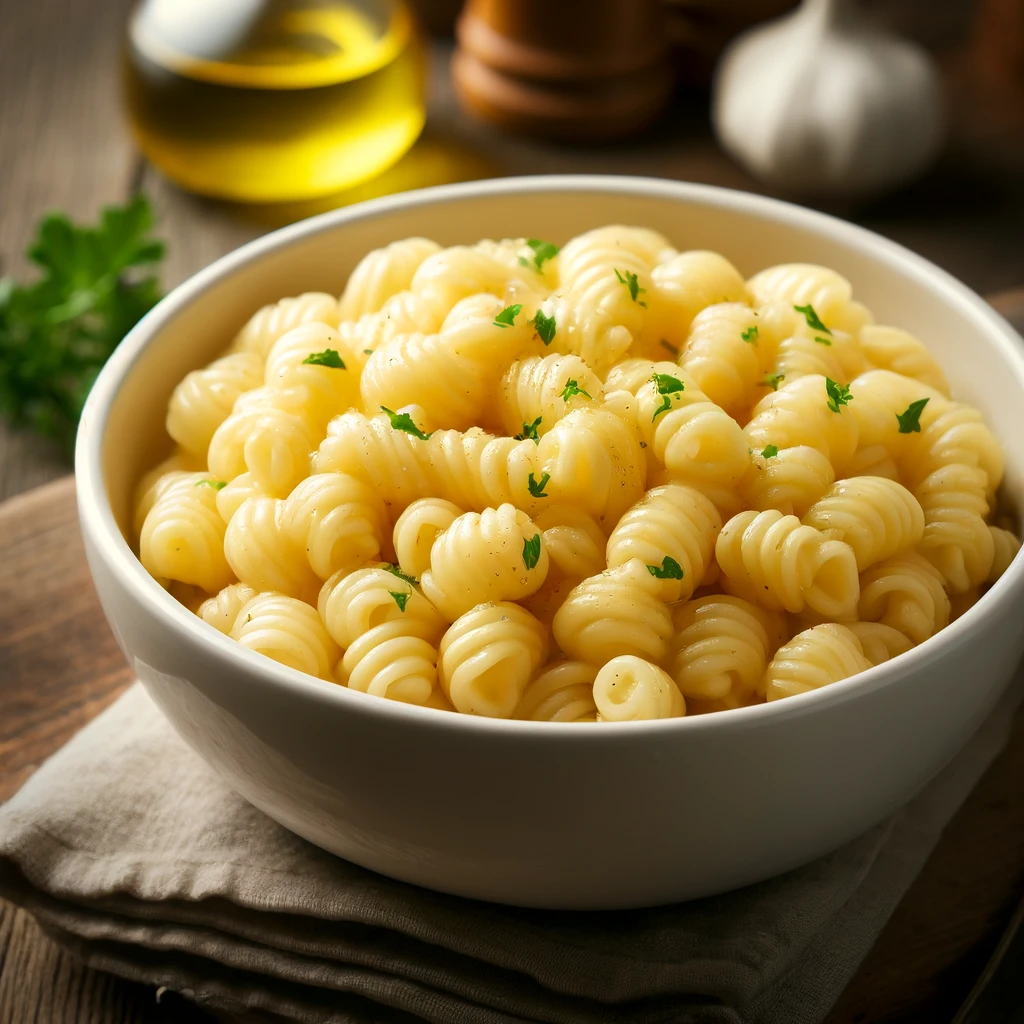Pastina, often called the “comfort grain” of Italian kitchens, serves as a gentle introduction to pasta for infants and remains a favorite for adults seeking comfort in a bowl. In this detailed guide, we’ll explore the traditional preparation of pastina, address common cooking pitfalls, and introduce innovative variations that can transform this simple ingredient into a culinary delight. For more exciting recipes, visit Flavor Flourish.
Table of Contents
- Introduction to Pastina
- Basic Pastina Recipe
- Step-by-Step Cooking Instructions
- Troubleshooting Common Issues
- Advanced Variations
- Serving Suggestions
- Conclusion
- References
1. Introduction to Pastina
Pastina, which translates to “little pasta,” encapsulates a variety of tiny pasta shapes popular in Italian cuisine. It’s not just a staple for sick days or toddler meals; it’s a versatile ingredient that can be dressed up or down depending on the occasion. The allure of pastina lies in its simplicity and the comfort it provides, making it a beloved choice across all ages.
2. Basic Pastina Recipe
A good pastina dish starts with the simplest of ingredients, transforming them into a comforting meal. Here’s everything you need to create a basic bowl of pastina:
Ingredients:
- 1 cup of pastina pasta (any small shape like stars or rice-sized grains)
- 4 cups of water or a light broth
- 1 tablespoon of unsalted butter
- Salt to taste
Equipment:
- Medium saucepan
- Strainer
- Stirring spoon
I’ll continue with the step-by-step cooking instructions and troubleshooting tips in the next part.
3. Step-by-Step Cooking Instructions

Creating a perfect bowl of pastina is straightforward but requires attention to detail to ensure the best texture and flavor. Here’s how to cook pastina step by step:
- Boil the Water/Broth: Start by bringing the water or broth to a vigorous boil in your medium saucepan. If you’re using water, add a good pinch of salt to enhance the flavor of the pastina.
- Add the Pastina: Once the water is boiling, slowly pour in the pastina while stirring gently. This will help prevent the pasta from clumping together.
- Simmer: Reduce the heat to a low simmer and cook the pastina uncovered, stirring occasionally. Depending on the size of your pastina, this should take about 5 to 7 minutes. Check the package for precise cooking times.
- Drain: Once the pastina is tender, drain any excess liquid using a strainer. Be gentle to avoid mashing the delicate pasta.
- Finish with Butter: Return the drained pastina to the saucepan, add a tablespoon of butter, and stir until the butter is completely melted and coats the pasta evenly. This adds a rich, silky texture and flavor to the dish.
4. Troubleshooting Common Issues
Even with a simple recipe, you might encounter some issues. Here are tips to help you troubleshoot common problems when cooking pastina:
- Sticking Pastina: To prevent pastina from sticking, ensure the water is boiling before adding the pasta and stir regularly throughout cooking. A continuous gentle stir will keep the grains separate.
- Overcooking: Pastina can quickly turn from perfect to mushy. It’s essential to start checking for doneness a minute or two before the suggested cooking time. Remove from heat as soon as it’s tender.
- Watery Texture: If your pastina is too watery, ensure you drain it well after cooking. If it continues to be an issue, reduce the amount of water slightly to ensure a more ‘al dente’ texture.
- Flavor Enhancement: For those finding pastina too bland, cooking it in chicken or vegetable broth and adding a pat of butter for richness can greatly enhance the flavor. Also, consider adding a sprinkle of grated Parmesan cheese just before serving for an extra flavor boost.
In the next section, I’ll cover advanced variations to elevate your pastina dishes beyond the basics, followed by serving suggestions to inspire your meals.
5. Advanced Variations

Once you’re comfortable with the basics of cooking pastina, it’s time to explore some advanced variations that can add excitement and sophistication to this simple dish:
- Pastina with Egg and Cheese: This is a classic Italian comfort food. Beat an egg and stir it into the hot pastina along with a handful of grated Parmesan cheese until creamy and smooth. The heat from the pasta cooks the egg gently, creating a rich, comforting dish.
- Lemon Herb Pastina: For a refreshing twist, add the zest and juice of one lemon, along with chopped fresh herbs like parsley or basil, to the cooked pastina tossed with olive oil. This version is particularly good in spring and summer, offering a light, zesty flavor profile.
- Pastina Risotto-Style: Cook the pastina in a risotto method by gradually adding vegetable or chicken broth as the pasta absorbs the liquid. Stir in some sautéed onions and garlic at the beginning and finish with a bit of cream and Parmesan cheese for a creamy, indulgent dish.
- Spicy Tomato Pastina: Sauté garlic and red pepper flakes in olive oil, then add crushed tomatoes and simmer to create a simple sauce. Mix with the cooked pastina for a dish with a bit of a kick, perfect for those who enjoy a touch of heat.
6. Serving Suggestions

Pastina can be served in a variety of ways, making it a versatile addition to any meal:
- As a Starter or Side Dish: Serve pastina as an appetizer or side dish with a drizzle of good olive oil and a sprinkle of herbs. It’s a perfect complement to a hearty main course.
- In Soups: Pastina is excellent in broths and soups, adding texture and substance. It works well in chicken soup, vegetable broths, or even clear soups.
- For Breakfast: Think outside the box and serve pastina for breakfast. Cook it in milk or a mixture of milk and water, sweeten it slightly, and top with cinnamon and fresh fruit for a warm, comforting start to the day.
- As a Main Course: Elevate pastina to the centerpiece of your dinner by incorporating proteins such as chicken, shrimp, or tofu, and a variety of vegetables for a balanced meal.
Nutritional Profile of Pastina
Understanding the nutritional benefits of pastina can help you incorporate it into your diet effectively:
Calories and Macronutrients:
- Calories: A single serving of pastina (approximately 1/4 cup dry) typically contains about 100 calories.
- Carbohydrates: Primarily composed of carbohydrates, pastina provides a good source of energy, with around 22 grams per serving.
- Protein: Pastina offers about 3 grams of protein per serving, making it a modest protein source.
- Fat: This pasta is low in fat, usually containing less than 1 gram per serving.
Vitamins and Minerals:
- Iron: Fortified pastina can be a good source of iron, which is essential for blood production and oxygen transport.
- B Vitamins: Many types of pastina are enriched with B vitamins such as folic acid, which is important for DNA synthesis and preventing neural tube defects during pregnancy.
Dietary Fiber:
- While pastina is not a significant source of dietary fiber, whole grain versions may offer more fiber, beneficial for digestion and heart health.
Creative Pastina Recipes

To inspire culinary creativity, here are some unique recipes that make pastina a star ingredient:
- Pastina Salad with Vinaigrette: Cook pastina and allow it to cool. Toss with your favorite vinaigrette, fresh cherry tomatoes, cucumbers, and olives for a refreshing salad.
- Pastina and Roasted Vegetable Bake: Mix cooked pastina with roasted zucchini, bell peppers, and onions. Top with breadcrumbs and cheese, and bake until golden.
- Pastina Stuffed Peppers: Combine cooked pastina with ground turkey, marinara sauce, and herbs. Use the mixture to stuff bell peppers and bake until the peppers are tender.
Integrating Pastina into Various Diets
Pastina’s versatility makes it suitable for many diets:
- Vegetarian and Vegan Options: Use vegetable broth for cooking pastina and skip the butter or substitute with olive oil. Mix with sautéed vegetables and plant-based proteins like tofu or tempeh for a fulfilling vegan meal.
- Gluten-Free Diets: For those with gluten sensitivities or celiac disease, look for gluten-free pastina made from rice, corn, or other gluten-free grains.
- Low-Sodium Diets: When cooking pastina, use low-sodium broth or water and control the amount of added salt. Enhance flavor with herbs, spices, and aromatic vegetables like garlic and onions.
Frequently Asked Questions about Pastina
Q: What is pastina?
A: Pastina is one of the smallest forms of pasta, usually made from wheat flour. It’s popular in Italian cuisine and is often used in soups or as a simple dish mixed with butter or cheese.
Q: How long does it take to cook pastina?
A: Pastina cooks very quickly due to its small size. It typically takes about 5 to 7 minutes to cook in boiling water. However, always check the package instructions as cooking times may vary slightly depending on the brand.
Q: Can pastina be cooked in broth?
A: Yes, cooking pastina in chicken or vegetable broth instead of water can add extra flavor to the pasta. This is a great option if you’re serving pastina as part of a soup or as a savory dish with butter and Parmesan.
Q: Is pastina suitable for babies?
A: Yes, pastina is often recommended as one of the first solid foods for babies due to its small size and soft texture when cooked. It’s easy to swallow and can be mixed with breast milk, formula, or vegetable purees.
Q: What can I add to pastina to make it a meal?
A: Pastina is versatile and can be enhanced with various ingredients. For a simple meal, add butter and grated cheese. For something more substantial, mix in cooked vegetables, protein such as chicken, beef, or tofu, and herbs for added flavor.
Q: How can I prevent pastina from sticking together?
A: To prevent pastina from sticking, stir it occasionally while cooking and make sure to use enough boiling water. Adding a small amount of oil or butter to the water can also help keep the grains separate.
Q: How should pastina be stored if not used immediately?
A: If you’re not serving pastina right away, it can be stored in the refrigerator in a sealed container for up to 3-5 days. To reheat, add a little water or broth and warm it on the stove or in the microwave.
By addressing these common queries, you can help your readers feel more confident about cooking and serving pastina, enhancing their overall experience with this versatile pasta.
7. Conclusion
Pastina may be small, but it’s a mighty ingredient with the versatility to star in numerous dishes, from simple broths to complex risottos. Whether you’re looking for a comforting meal on a cold day or a light accompaniment to a summer dinner, pastina adapts beautifully to any season or palate. With this guide, you’re equipped to explore all that this delightful pasta has to offer.
8. References
To learn more about different types of pasta and their uses in various dishes, check out Serious Eats’ comprehensive pasta guide.
Through mastering these techniques and variations, you can transform the humble pastina into a gourmet ingredient. Remember, more delicious recipes and culinary tips can be found at Flavor Flourish. Explore, experiment, and enjoy the delightful versatility of pastina!

